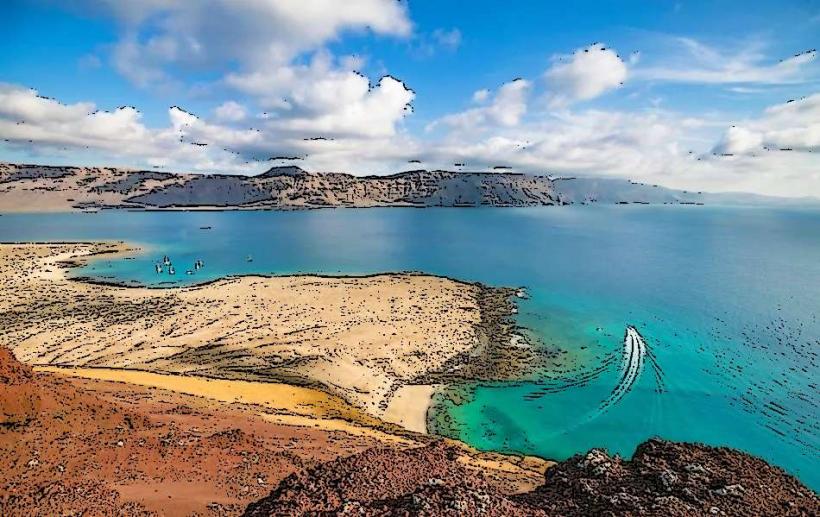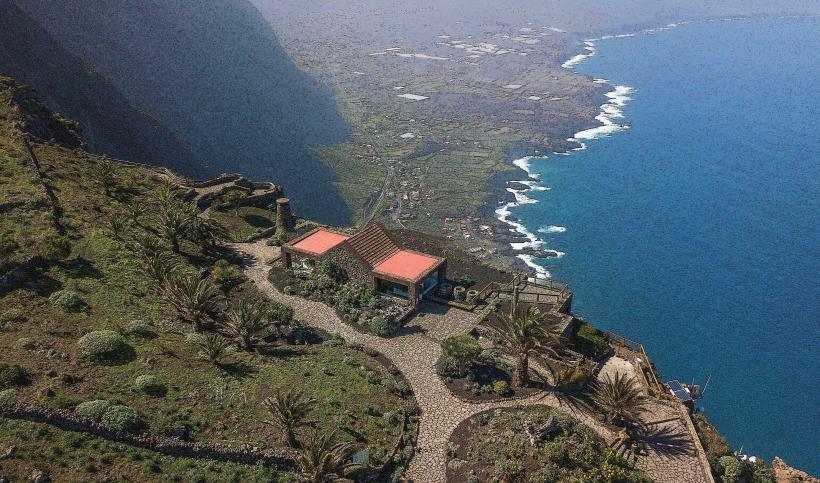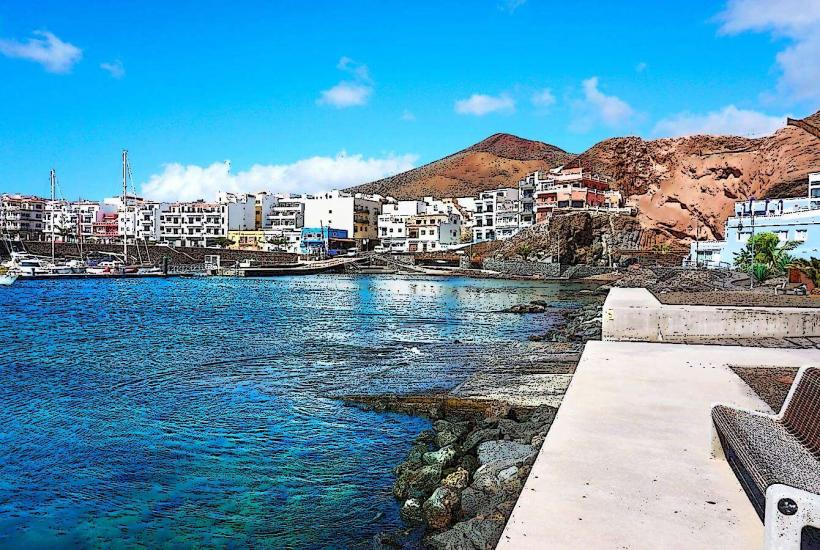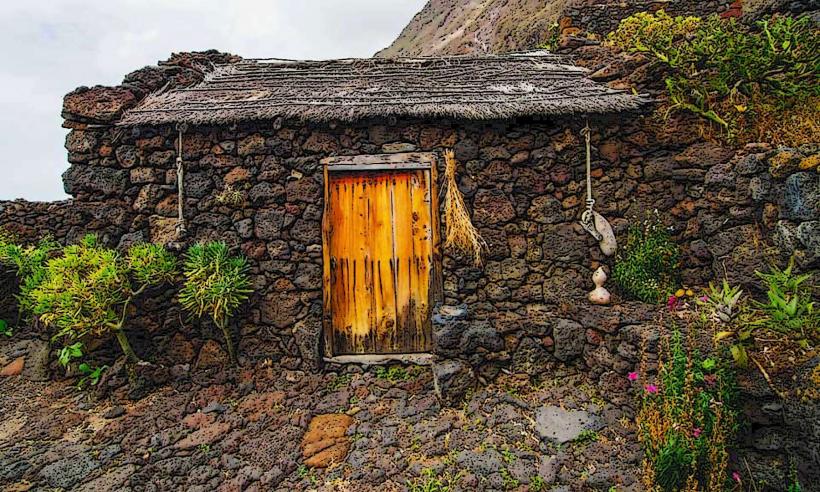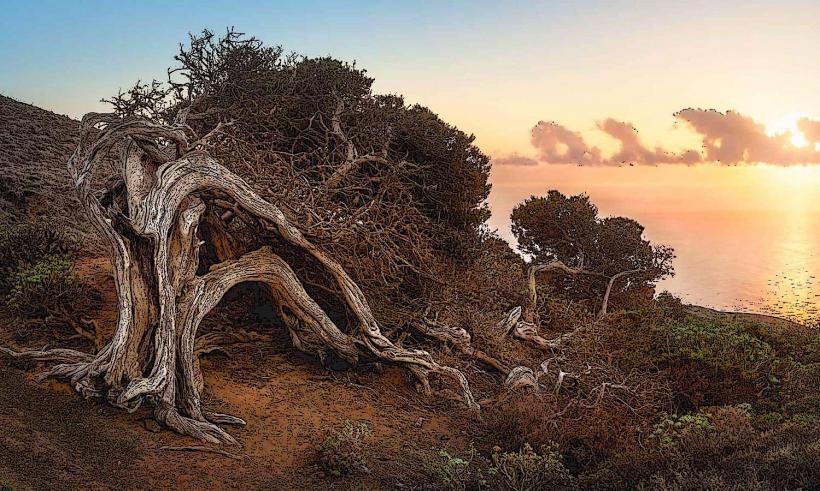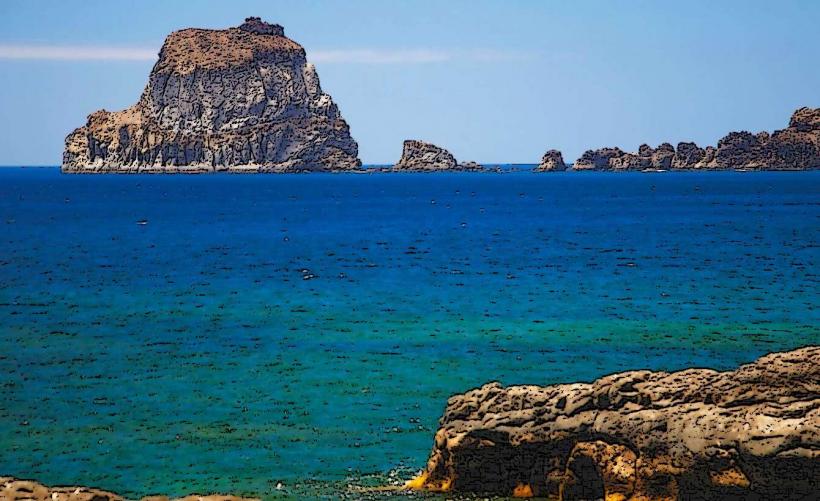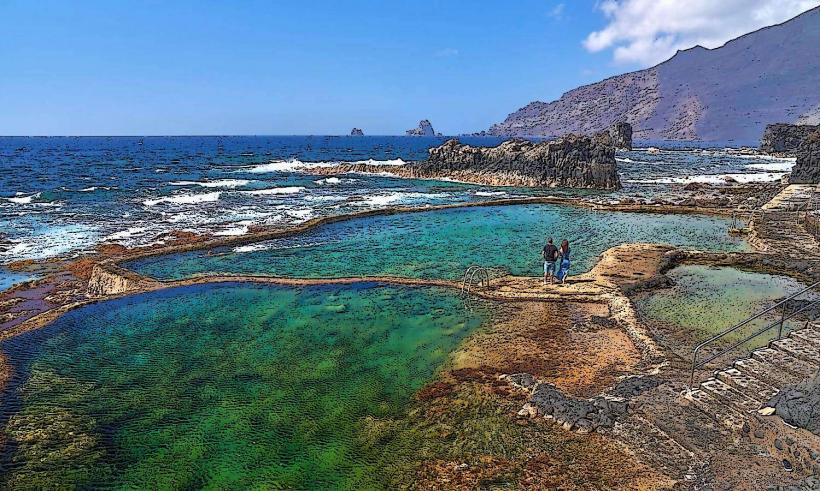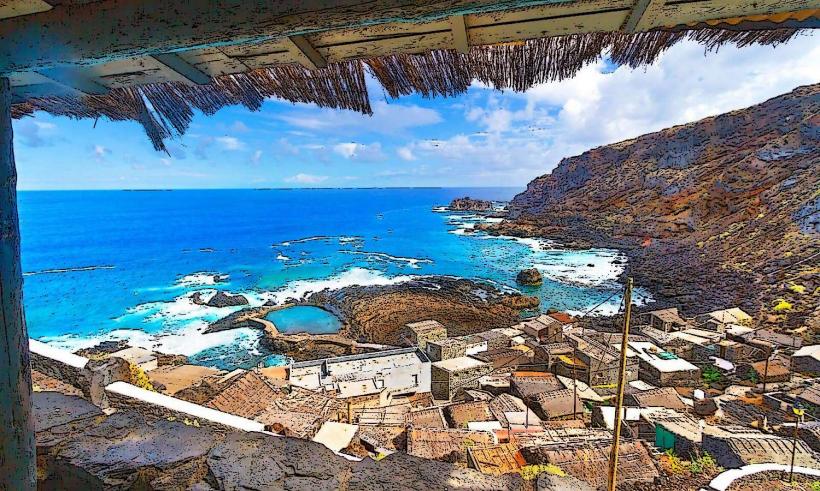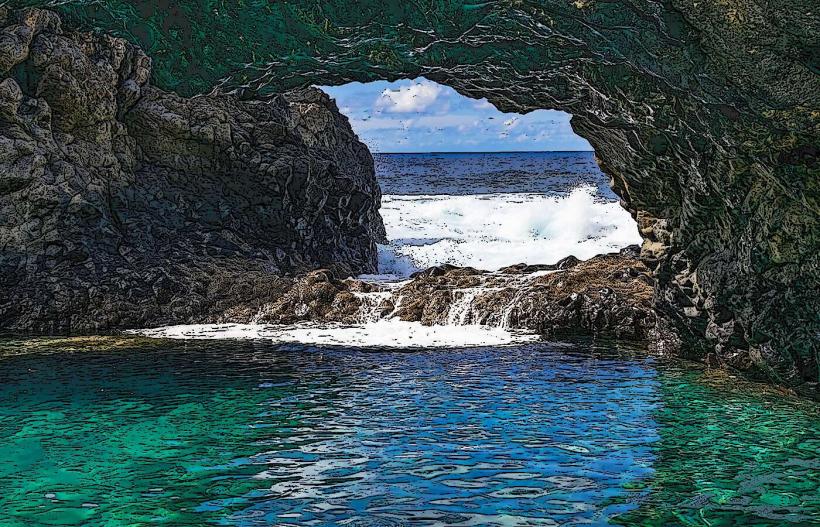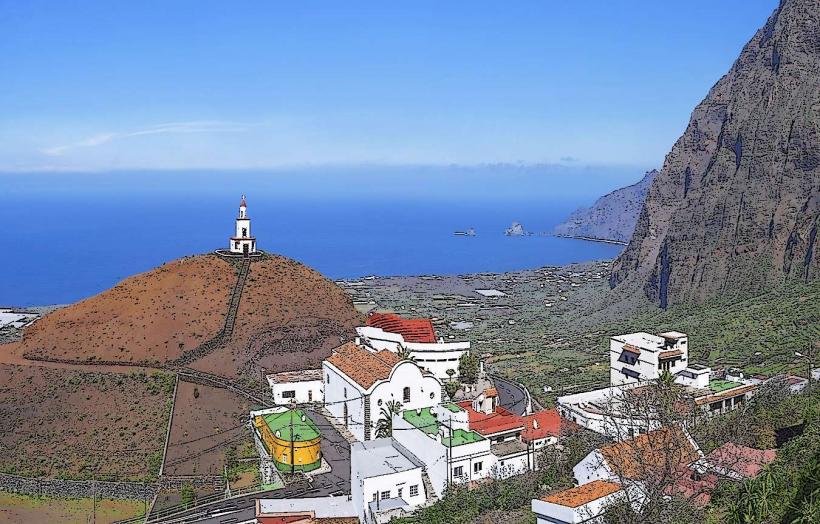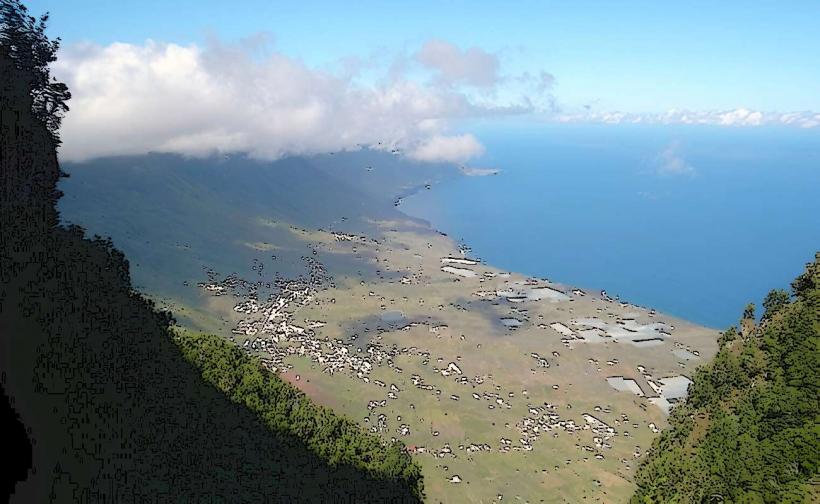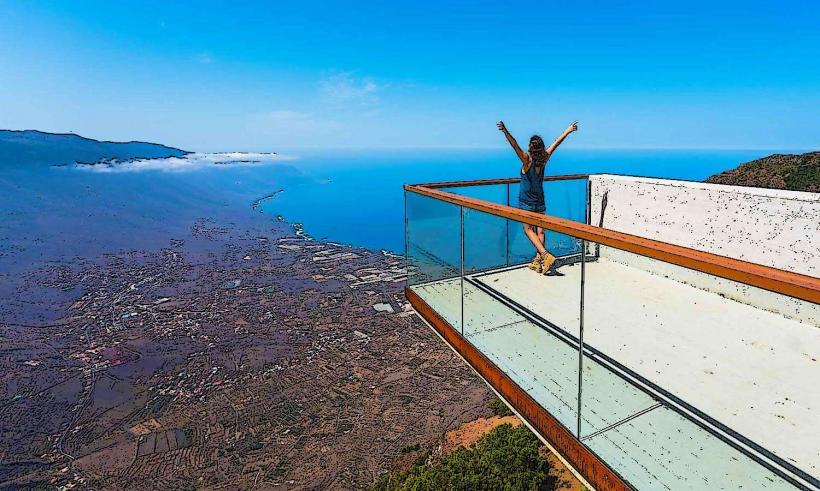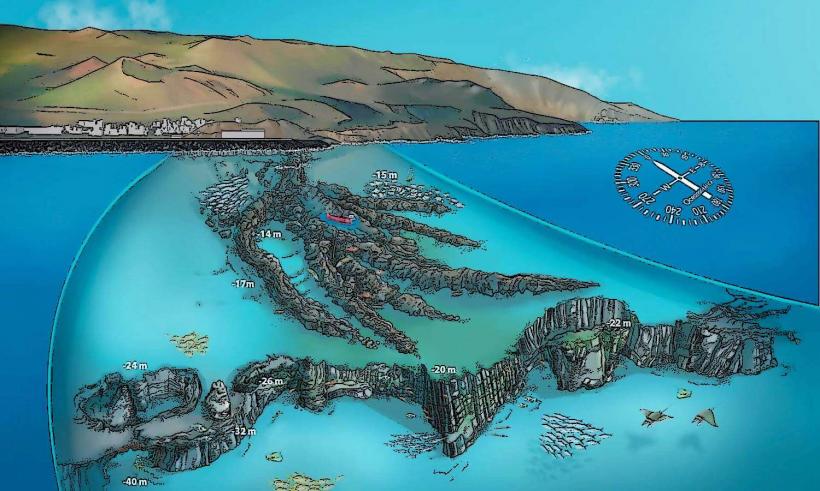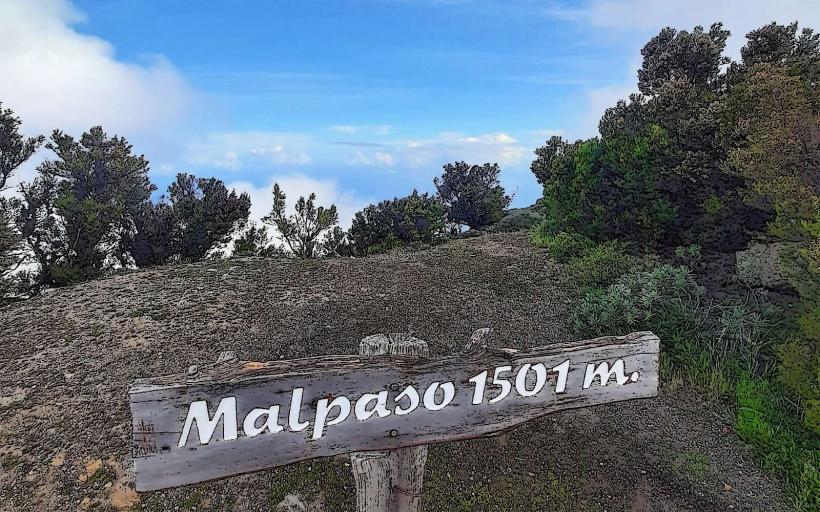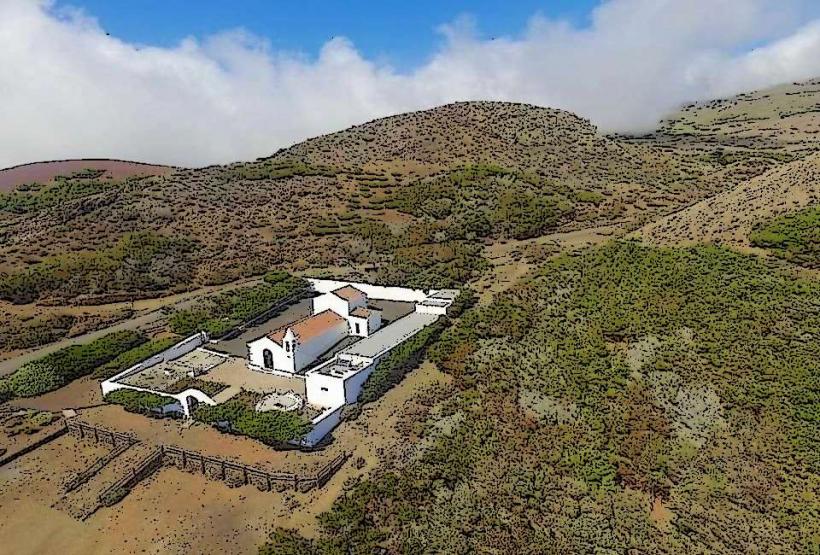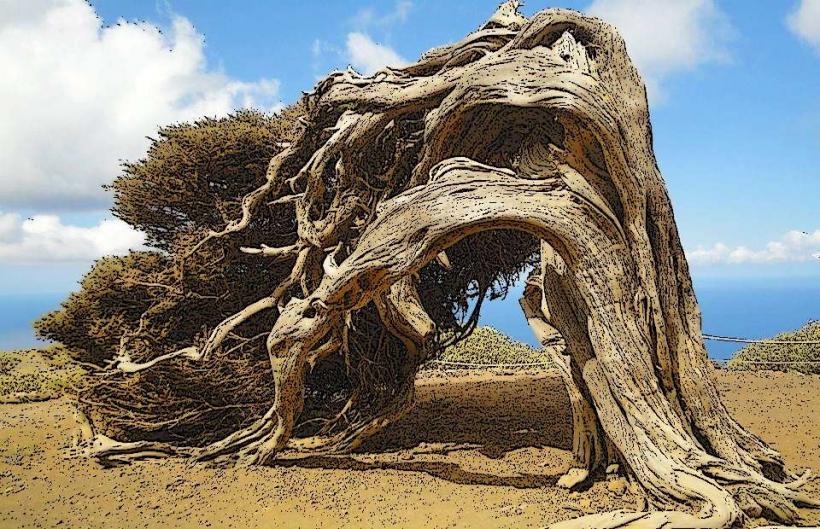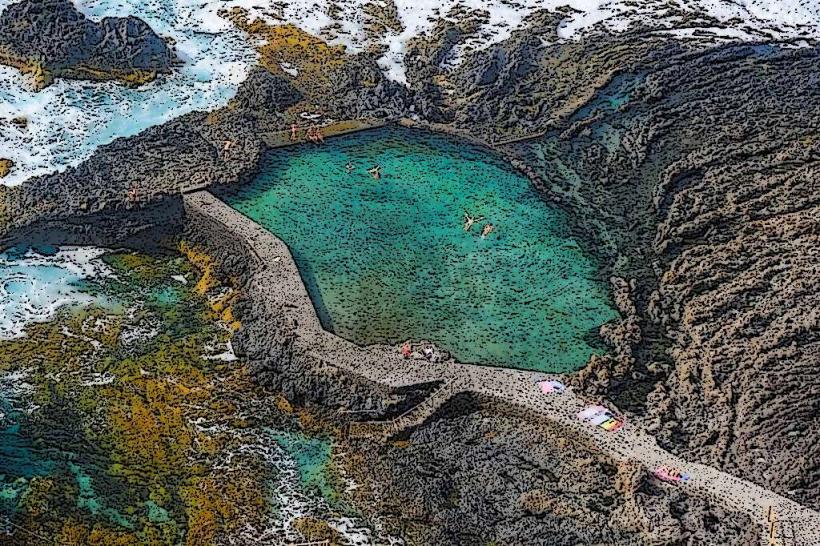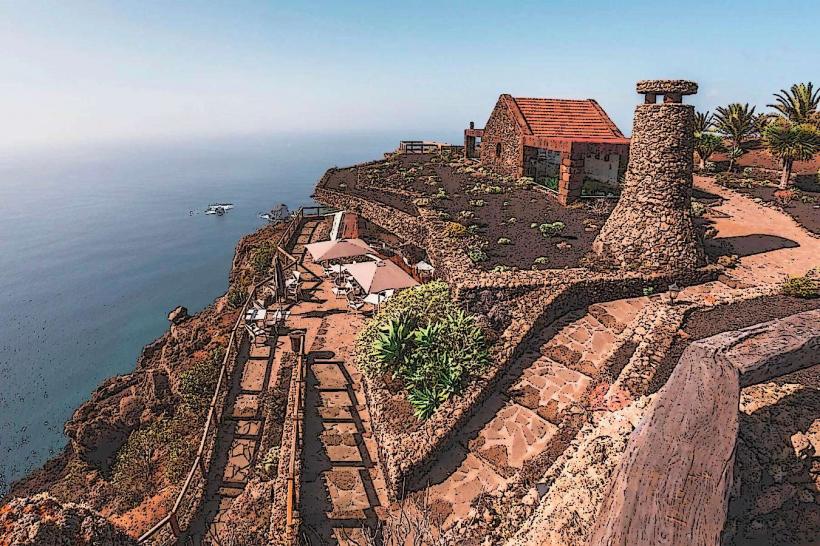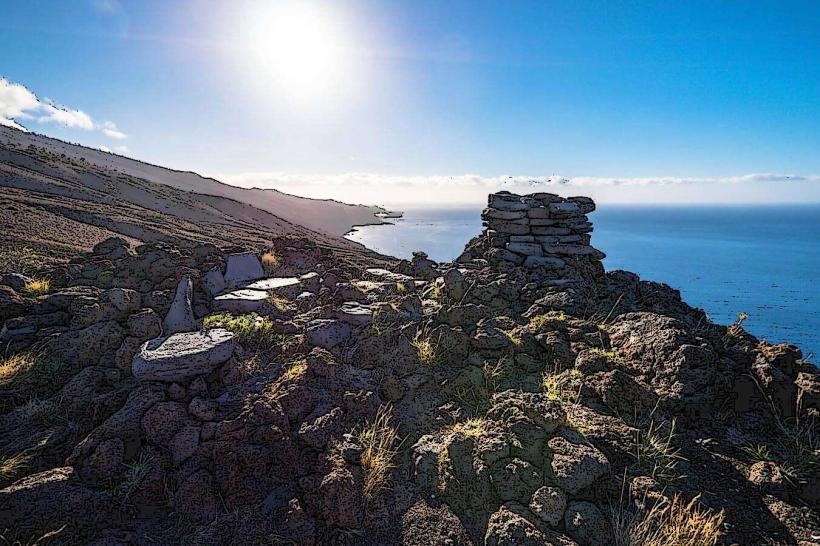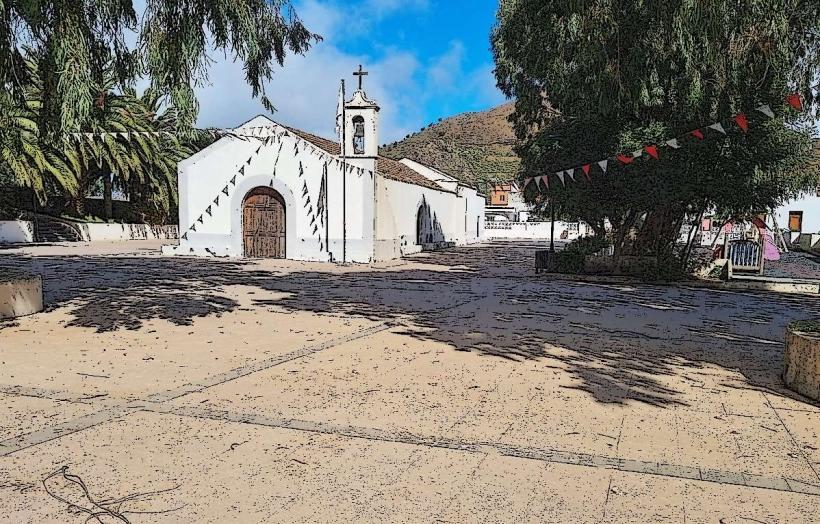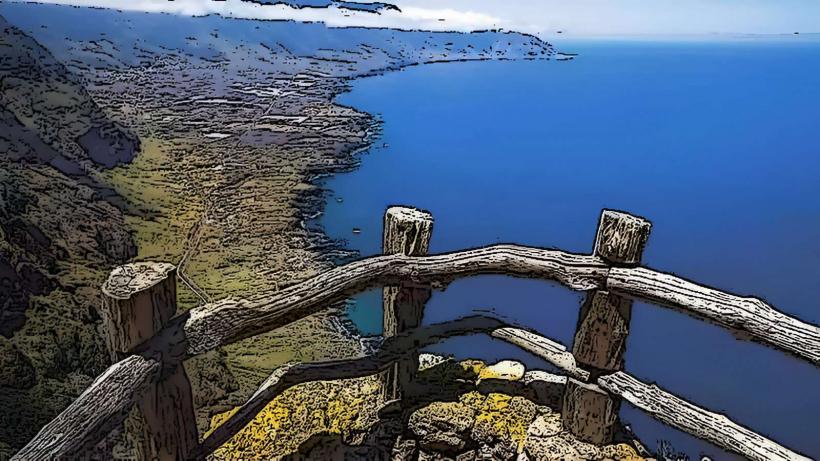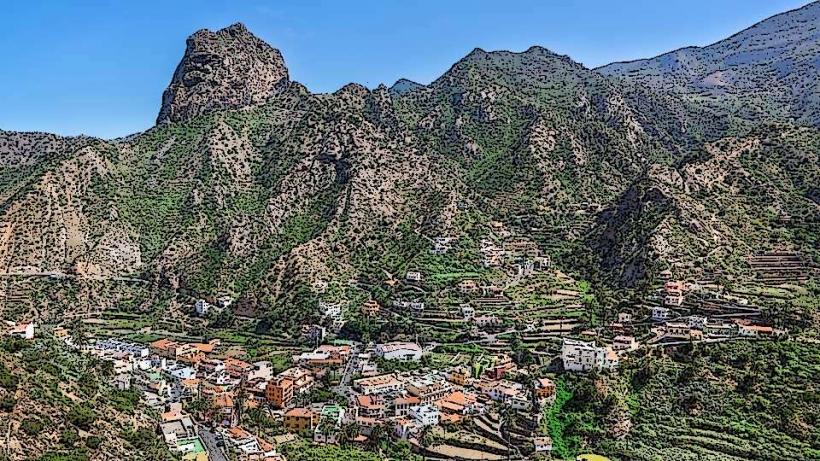Information
Landmark: Campanario de JoapiraCity: El Hierro
Country: Canary Islands
Continent: Europe
Campanario de Joapira is a fascinating and historically significant site on the island of El Hierro in the Canary Islands. Known for its unique cultural and architectural features, it stands as a key point of interest for those interested in the island's history and traditions. Here’s a detailed overview of Campanario de Joapira:
Location and Geography
- Location: The Campanario de Joapira is located in the municipality of La Frontera, on the western coast of El Hierro. This area is relatively rural and tranquil, offering visitors a chance to explore the island’s more traditional and unspoiled landscapes.
- Geographical Features: The site is set within a landscape of rugged volcanic hills, lush valleys, and coastal views, offering visitors a chance to connect with both the island’s natural beauty and its historical architecture.
Historical and Cultural Significance
- The Bell Tower: The term “Campanario” refers to a bell tower, and the Campanario de Joapira is an ancient bell tower that is believed to have originally been part of a small church or hermitage in the area. It is a remnant of the island’s colonial past, representing the historical influence of Christianity on El Hierro, which came after the islands were conquered in the 15th century.
- Joapira’s Heritage: The site is associated with the community of Joapira, a small locality on the island. The bell tower and its historical context offer insight into the religious and cultural practices of the local inhabitants, who have historically relied on agriculture and fishing for their livelihoods.
Architectural Features
- The Bell Tower: The bell tower itself is a simple yet elegant structure made from local stone and volcanic rock, which is typical of many buildings on El Hierro. The tower has a modest, rustic charm and is a symbol of the island’s architectural heritage. The bell that once hung in the tower was used to signal religious events and community gatherings, a practice that has shaped the social life of the local people.
- Design and Functionality: The bell tower likely served both religious and community functions. In many small villages on the Canary Islands, such towers were used to call people to church services, festivals, and other important communal activities. The Campanario de Joapira was central to these aspects of island life, and although it may no longer be in regular use, it remains an important historical monument.
Surrounding Area and Landscape
- Natural Beauty: The area around the Campanario de Joapira is surrounded by a picturesque landscape that blends volcanic hills, canarian laurel forests, and traditional agricultural plots. The views from the bell tower provide a panoramic perspective of the local valley, with distant vistas of the Atlantic Ocean.
- Agricultural Significance: The surrounding region is primarily agricultural, with fields of banana trees, vines, and other crops typical of El Hierro’s rural communities. Visitors to the site can experience the contrast between the peaceful landscape and the enduring presence of traditional farming practices.
Religious and Cultural Context
- Religious Role: The Campanario de Joapira, like many bell towers on the Canary Islands, has strong religious significance. It is closely tied to the Christian heritage of the island, which dates back to the period of Spanish colonization. The bell would have traditionally called the local population to masses and feasts honoring religious saints, particularly the Virgin Mary or St. John the Baptist, common figures in Canary Island religious traditions.
- Festivals and Rituals: While the campanario may no longer be in regular use, it still evokes memories of local religious festivals that once brought together communities in celebration. These festivals, often tied to agricultural cycles or religious observances, were an important part of daily life for islanders.
Tourism and Visitor Experience
- Accessibility: Campanario de Joapira is accessible by car, though it is located in a somewhat remote area of El Hierro. This makes it a great destination for visitors seeking to explore more tranquil and authentic parts of the island. There are no major commercial developments around the site, ensuring a peaceful and relatively isolated experience.
- Hiking: The region surrounding the bell tower is great for hiking and exploration. Visitors can enjoy scenic walks through the mountainous terrain, experiencing El Hierro’s distinctive volcanic landscape, with stunning views of the Atlantic Ocean on clear days. The area is ideal for those who enjoy connecting with nature and seeking out less-touristed spots.
- Historical and Educational Value: The Campanario de Joapira offers an educational experience for those interested in the island’s cultural heritage and the role of religion in its development. Local guides or information panels may provide insight into the history of the site, offering visitors a deeper understanding of its significance to the island’s past.
Best Time to Visit
- Spring and Autumn: The ideal time to visit the Campanario de Joapira is during the spring and autumn months, when the weather is mild, and the area is less crowded with tourists. Summer can be hot, especially in the lower parts of the island, but the higher elevation of the campanario offers cooler temperatures.
- Avoiding Crowds: Since the site is not a major tourist attraction, visitors can generally enjoy a quiet experience, but it's still recommended to visit early in the day or during the off-season to enjoy solitude and avoid any crowds, especially during local festivals or public holidays.
Conservation and Preservation
As part of El Hierro’s Biosphere Reserve, efforts are made to preserve its cultural and architectural landmarks, including the Campanario de Joapira. The island’s commitment to maintaining its historical and natural heritage ensures that sites like this bell tower are protected for future generations to enjoy.
Conclusion
Campanario de Joapira is a beautiful and historically significant site on El Hierro, offering insight into the island’s religious and cultural past. Set against the backdrop of the island’s rugged landscape, the bell tower remains a symbol of the traditions that shaped local life. Whether you’re a history enthusiast, nature lover, or simply someone seeking to explore the more remote parts of the island, Campanario de Joapira provides an enriching and peaceful experience.

